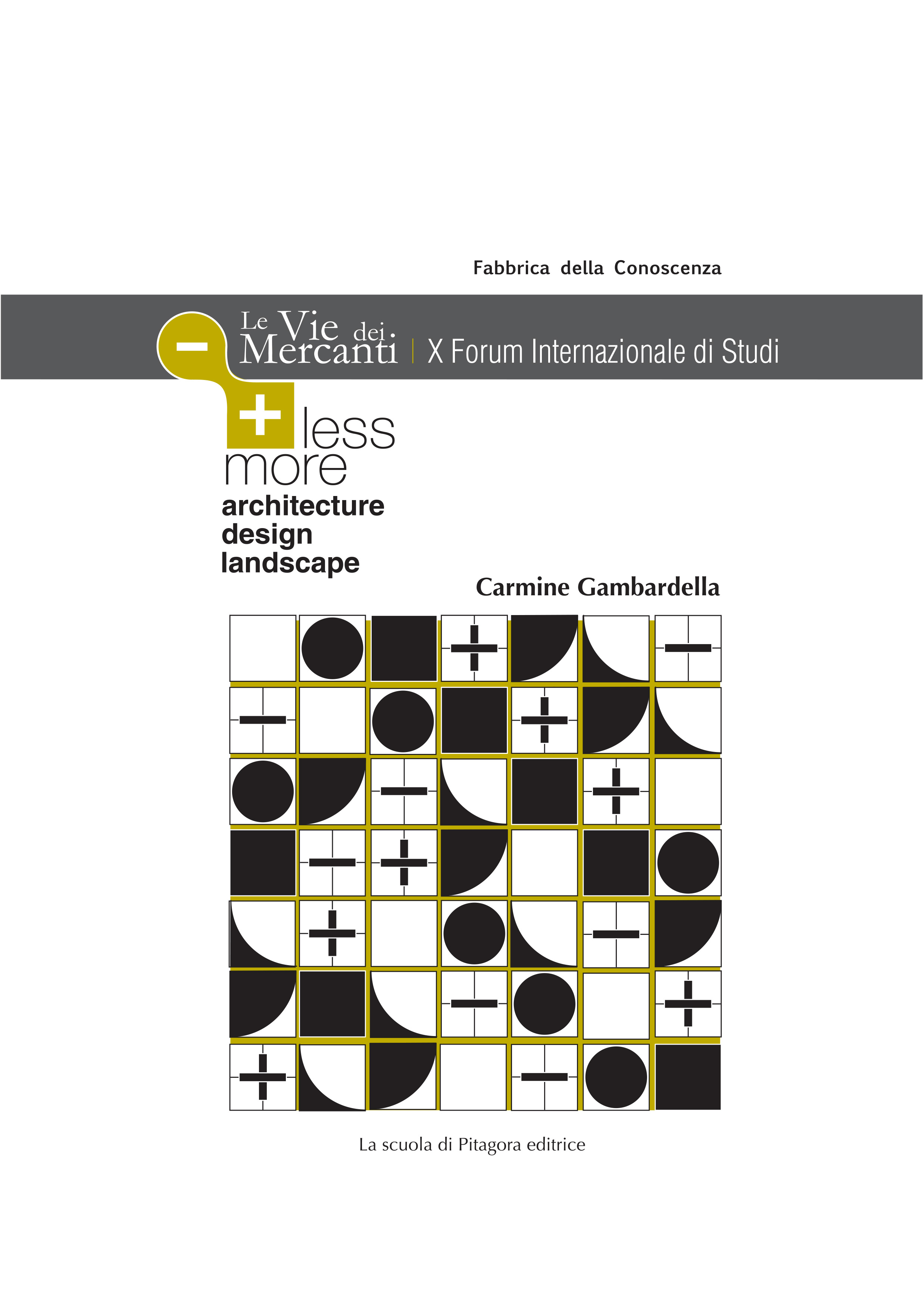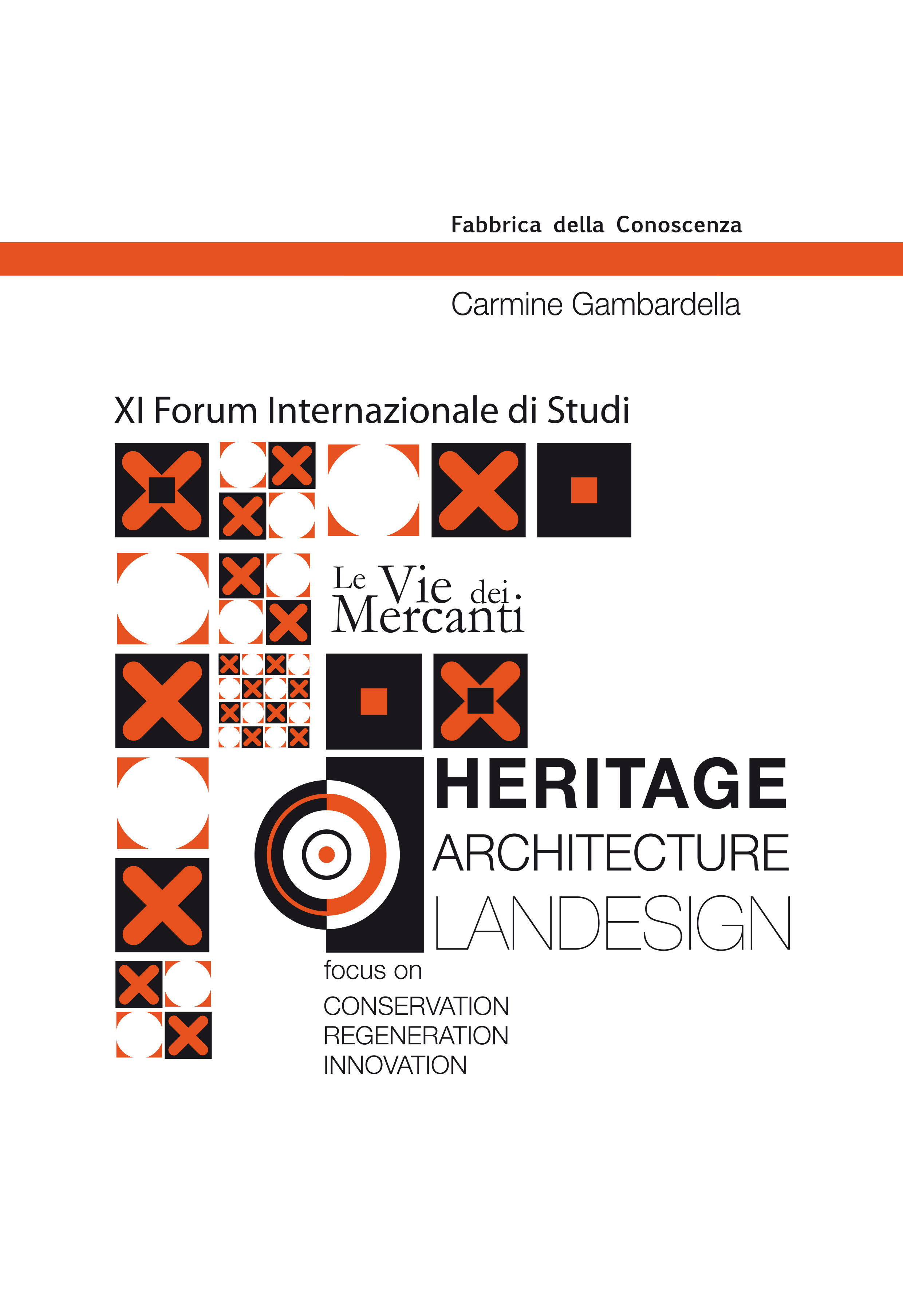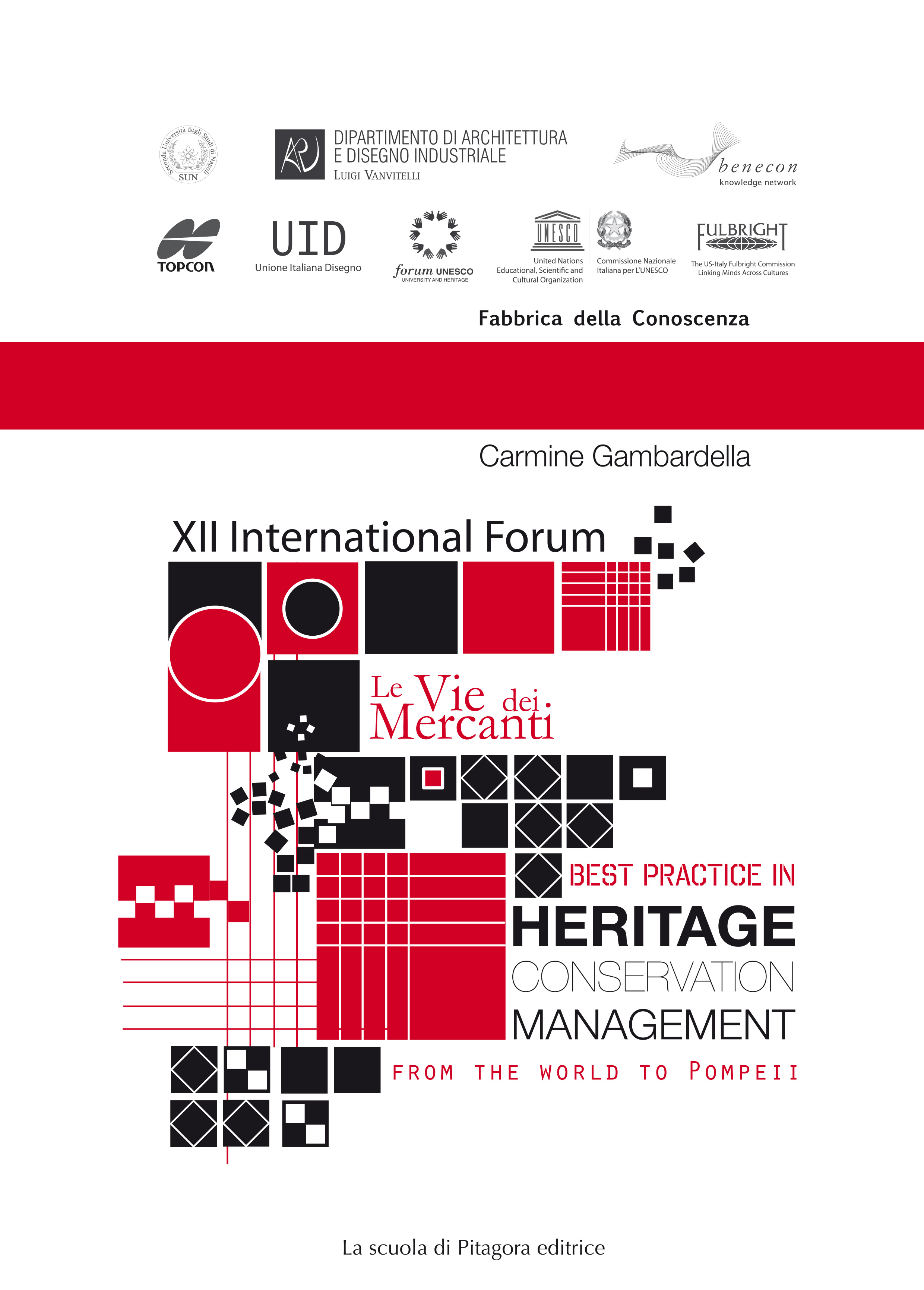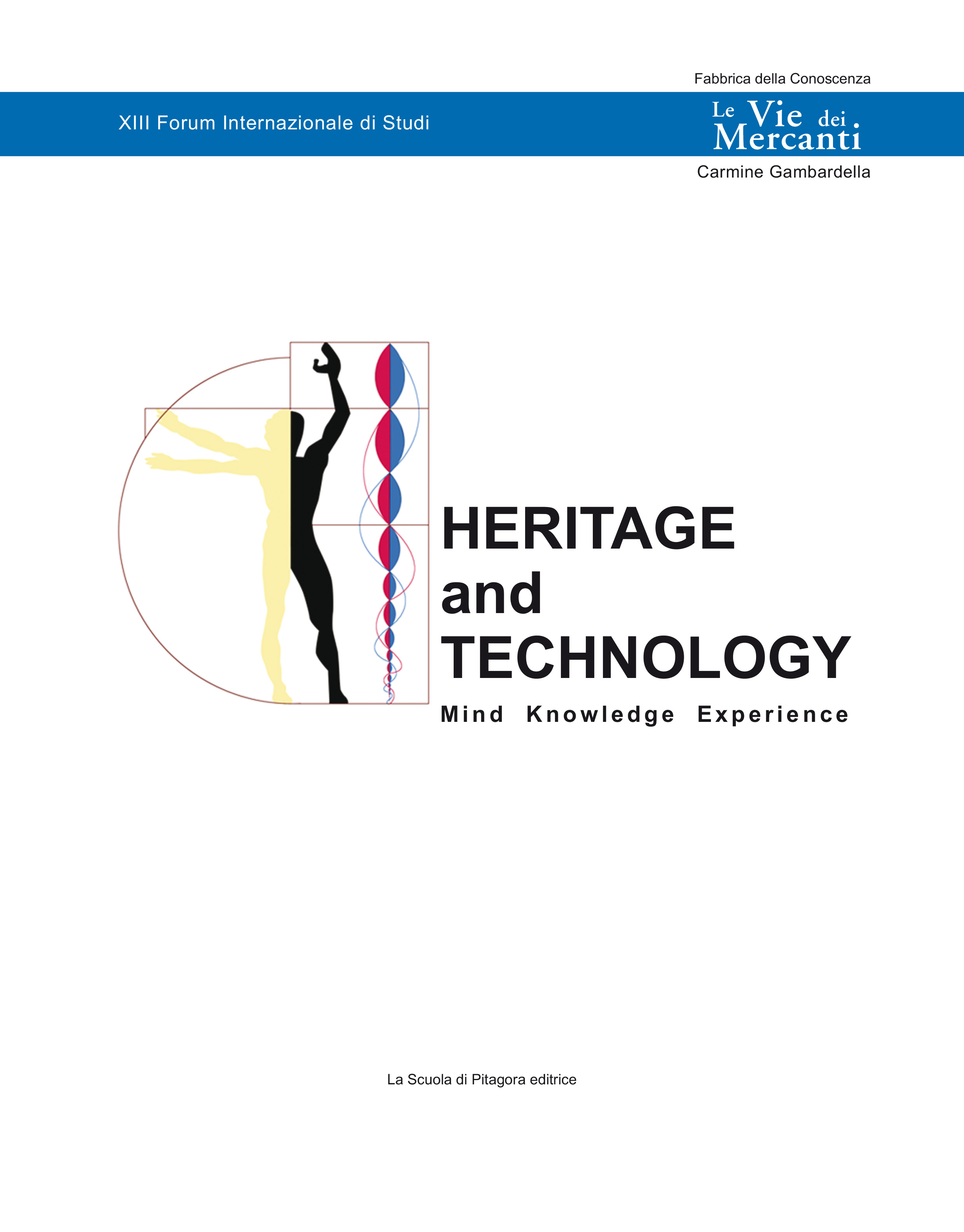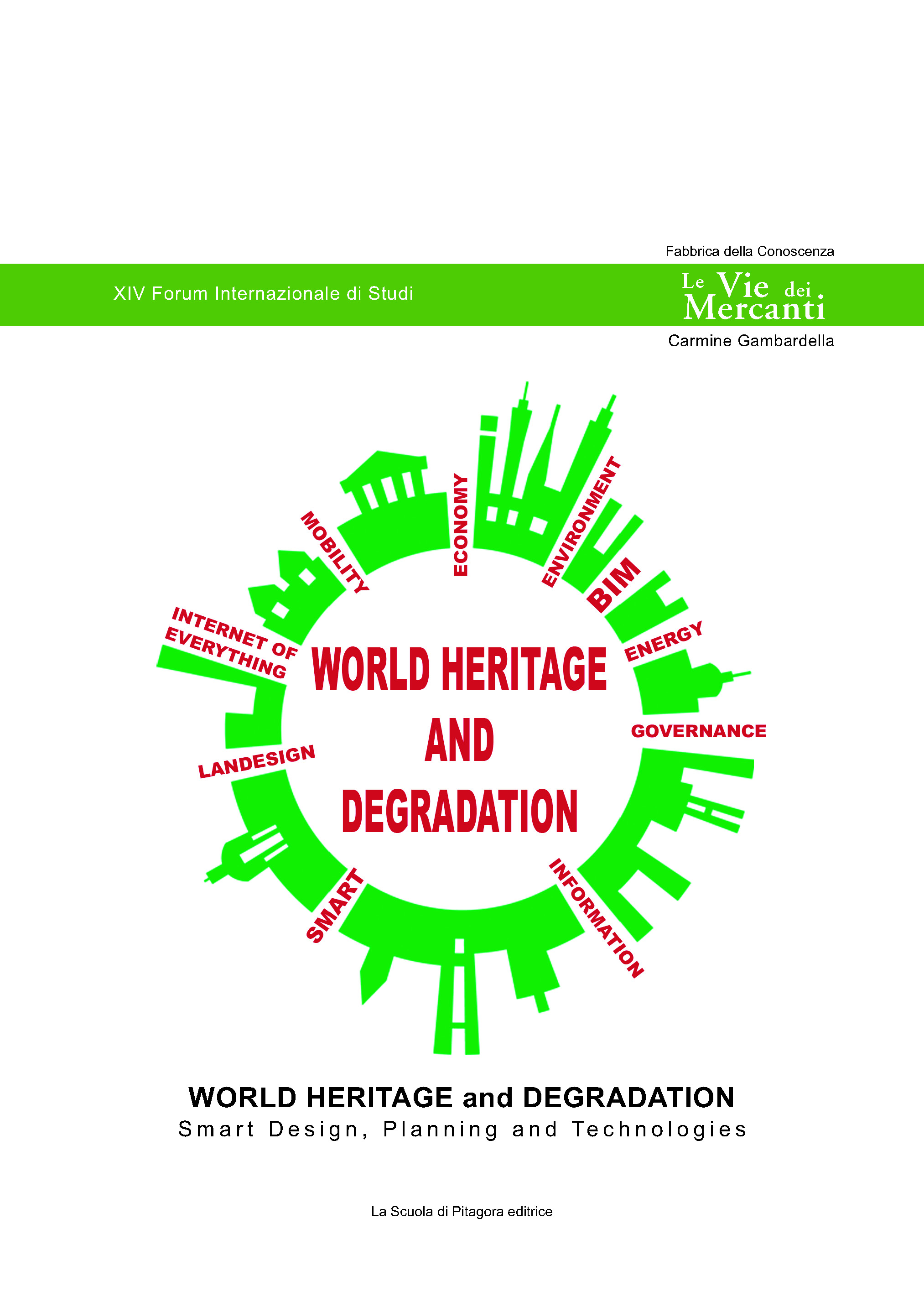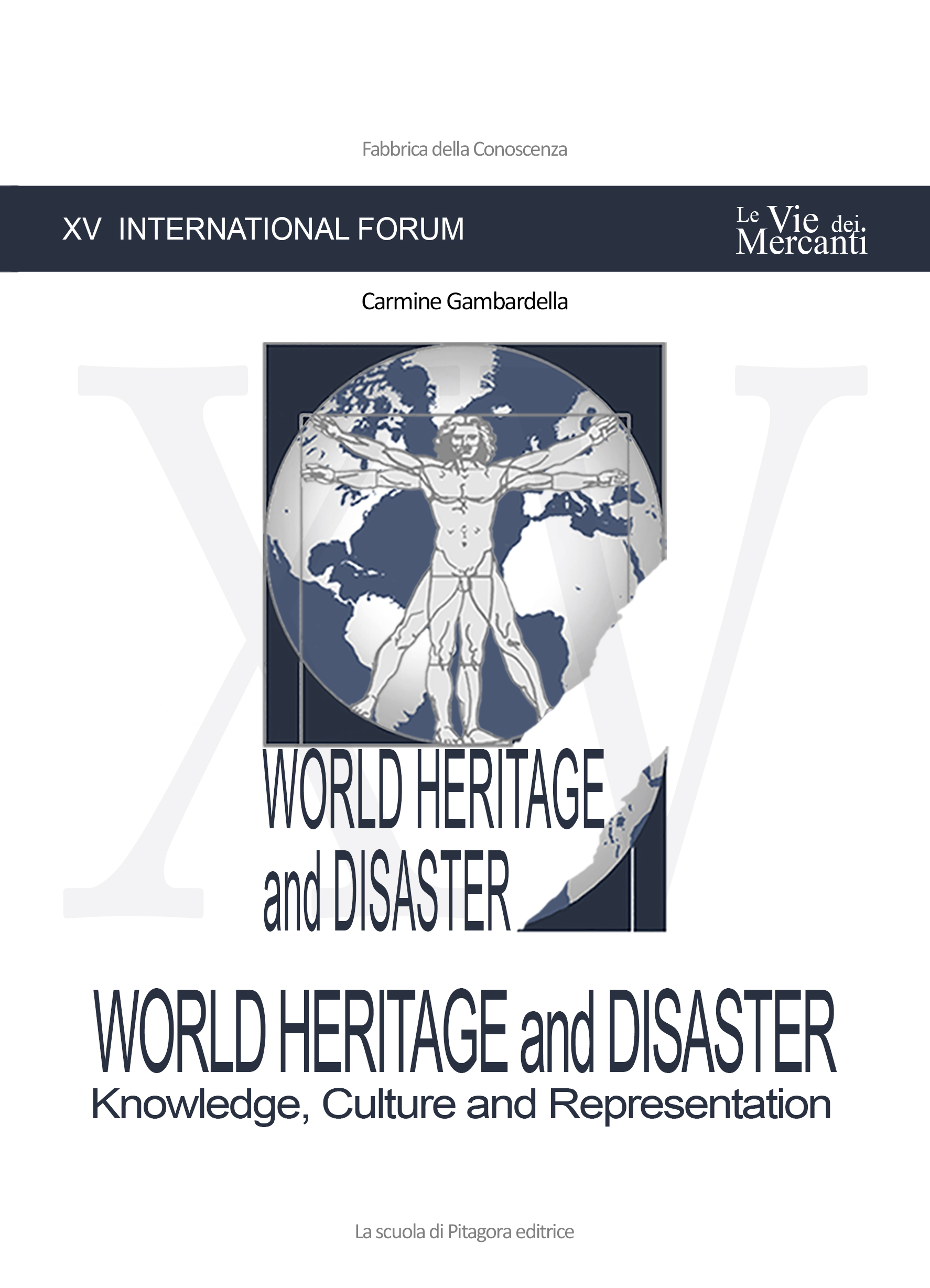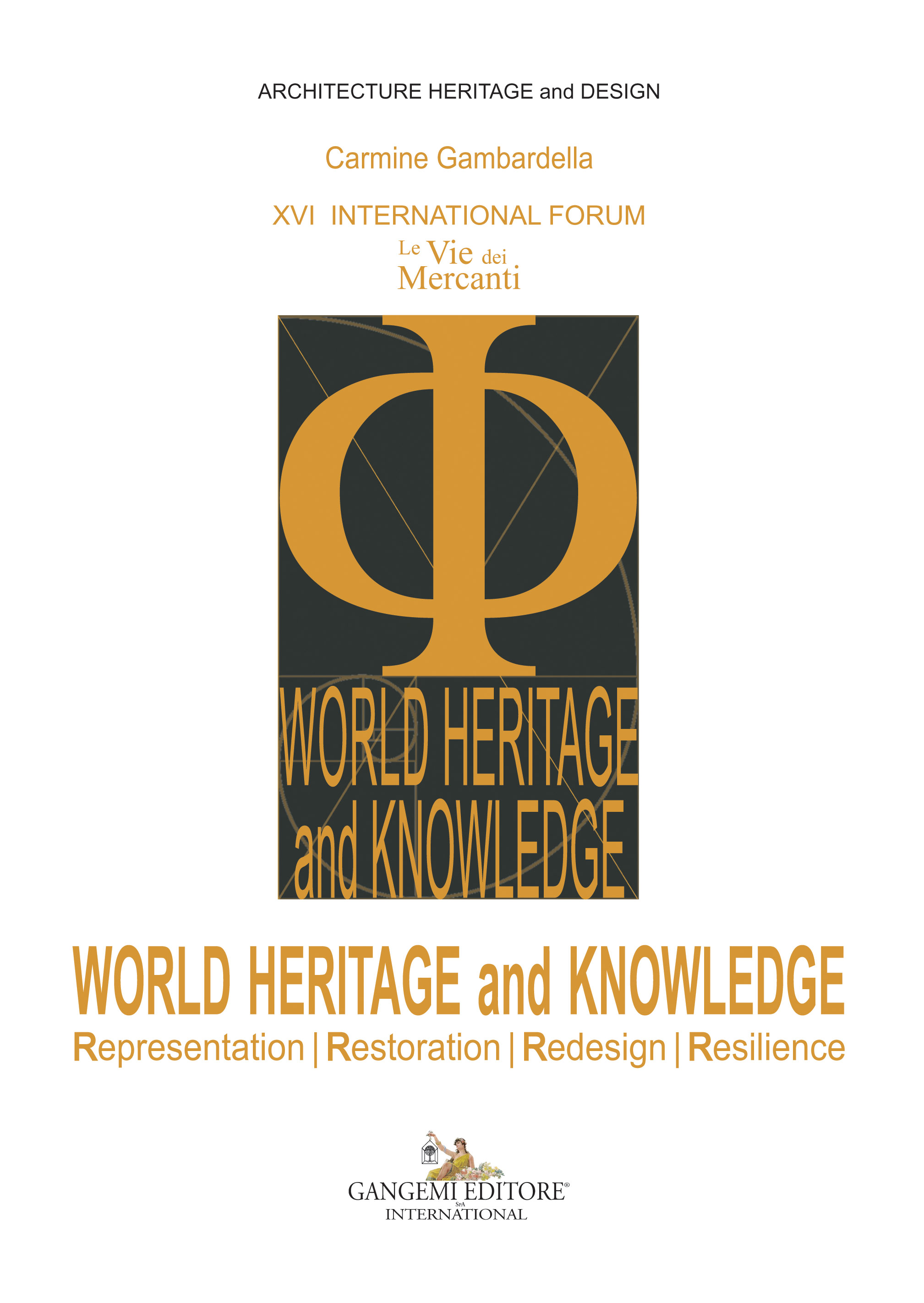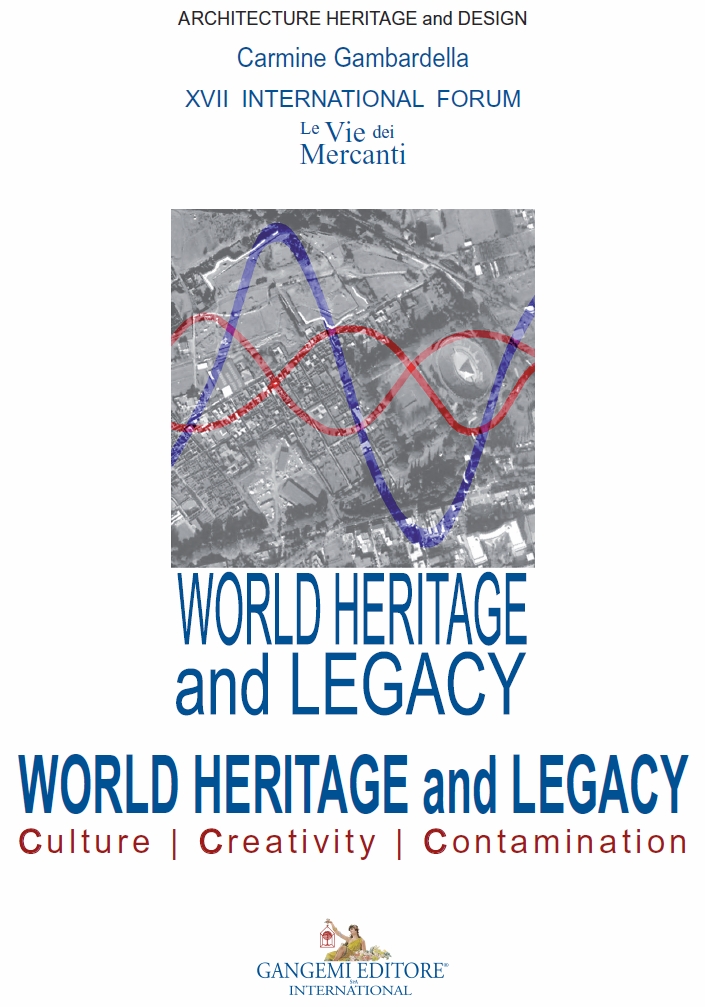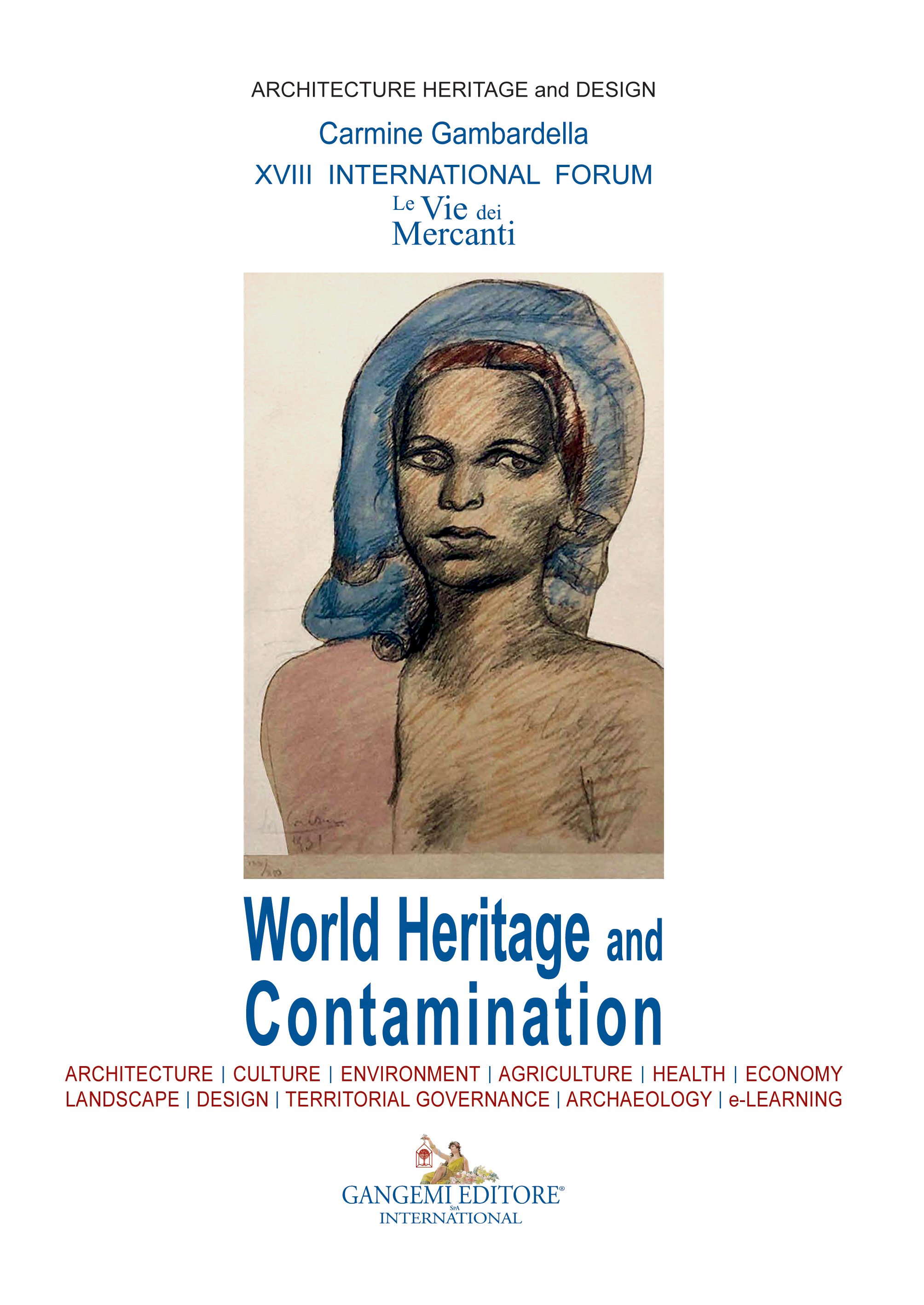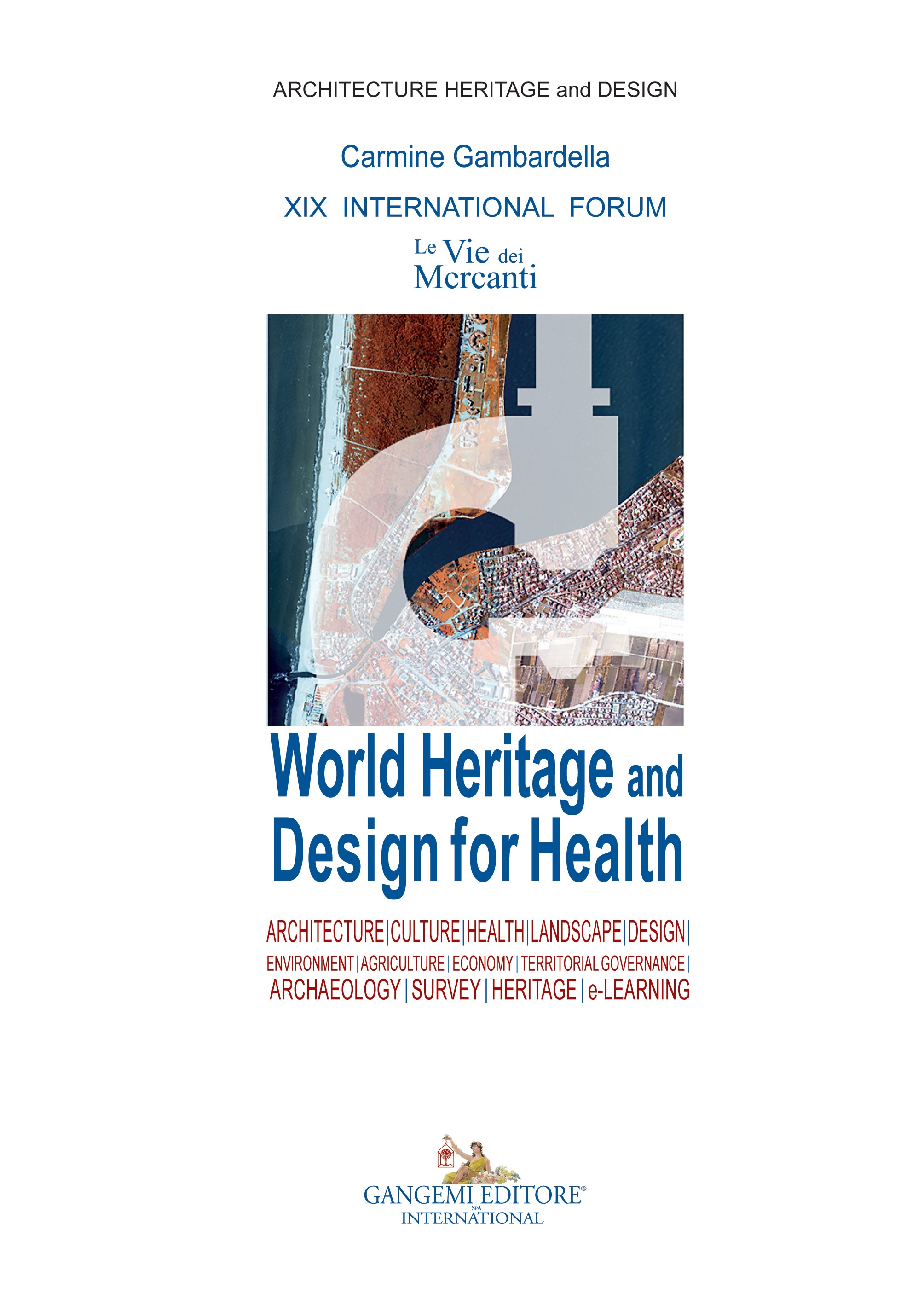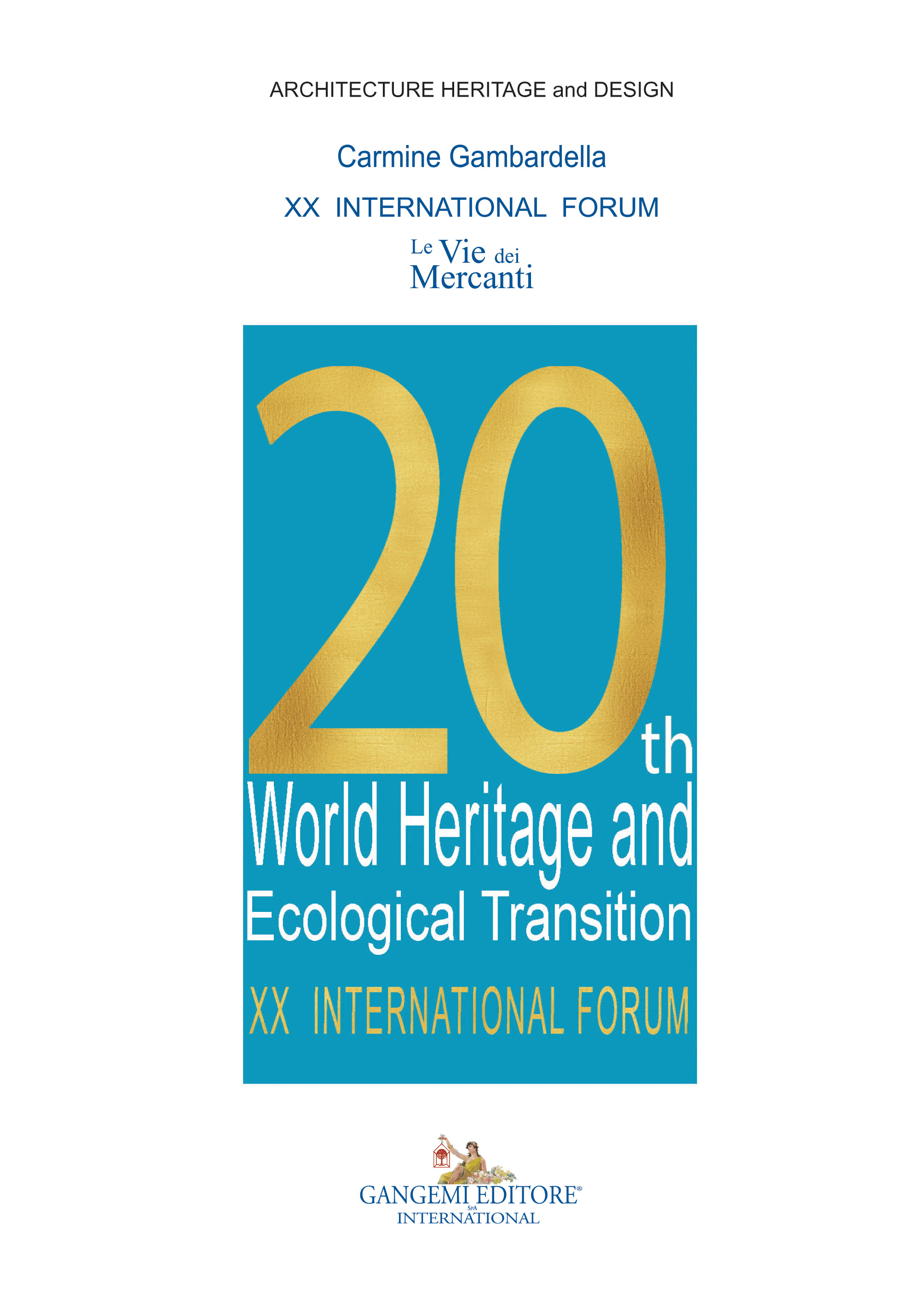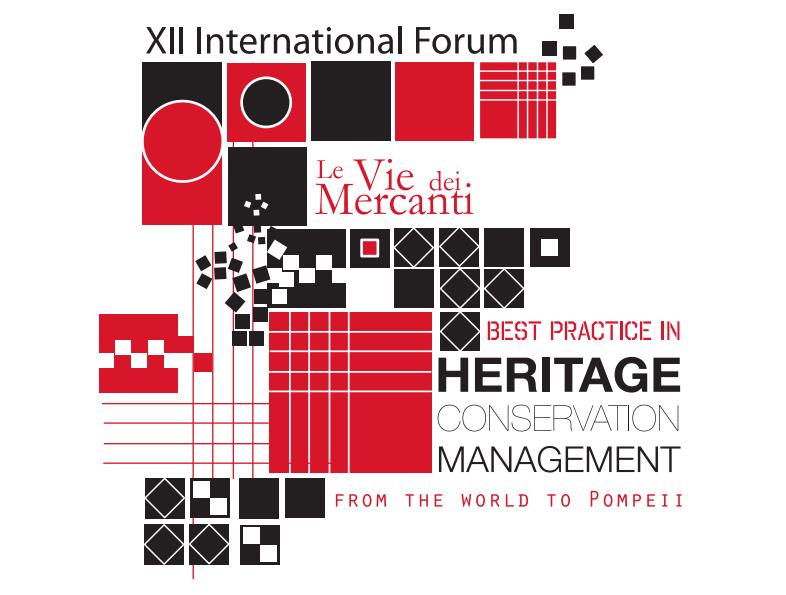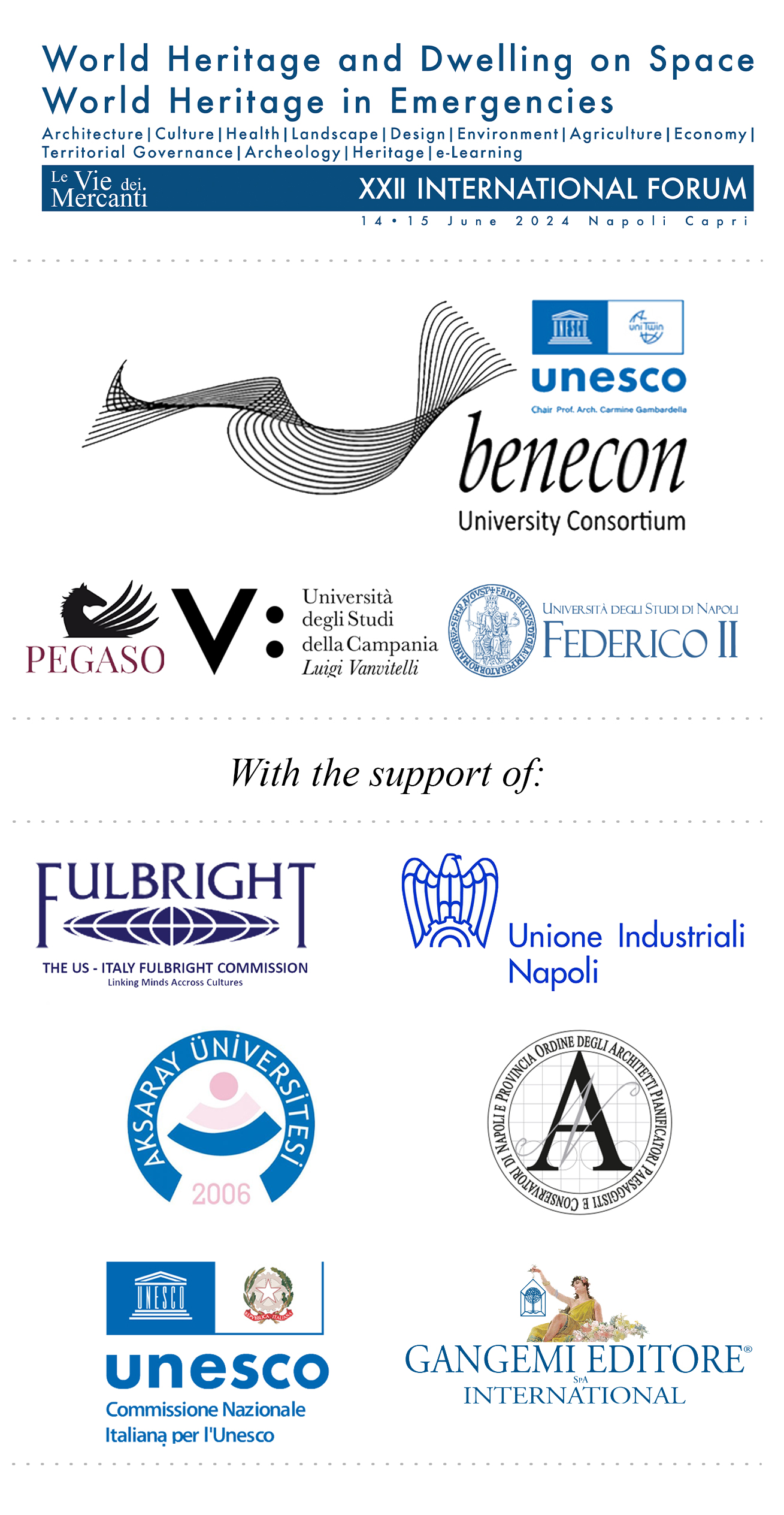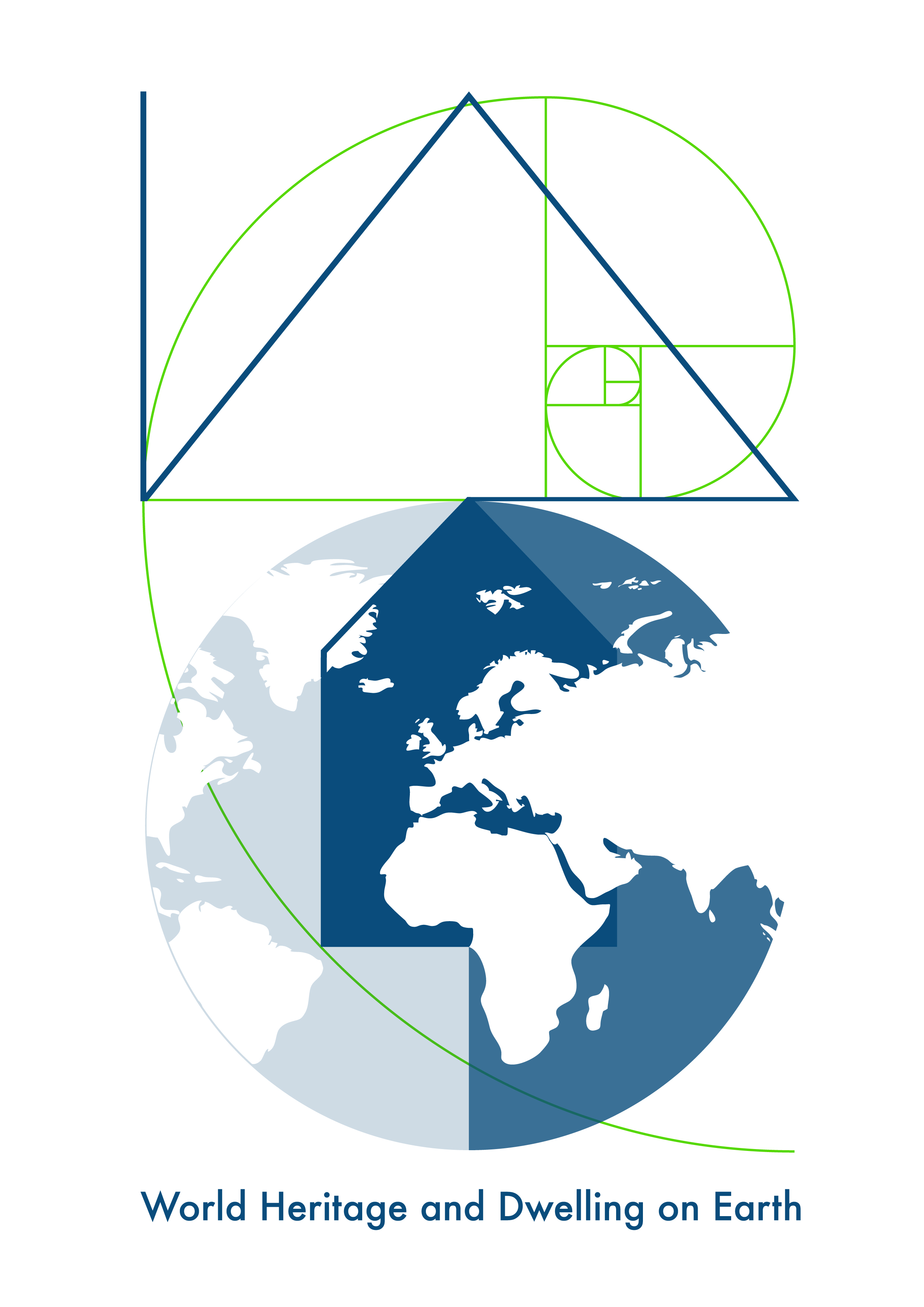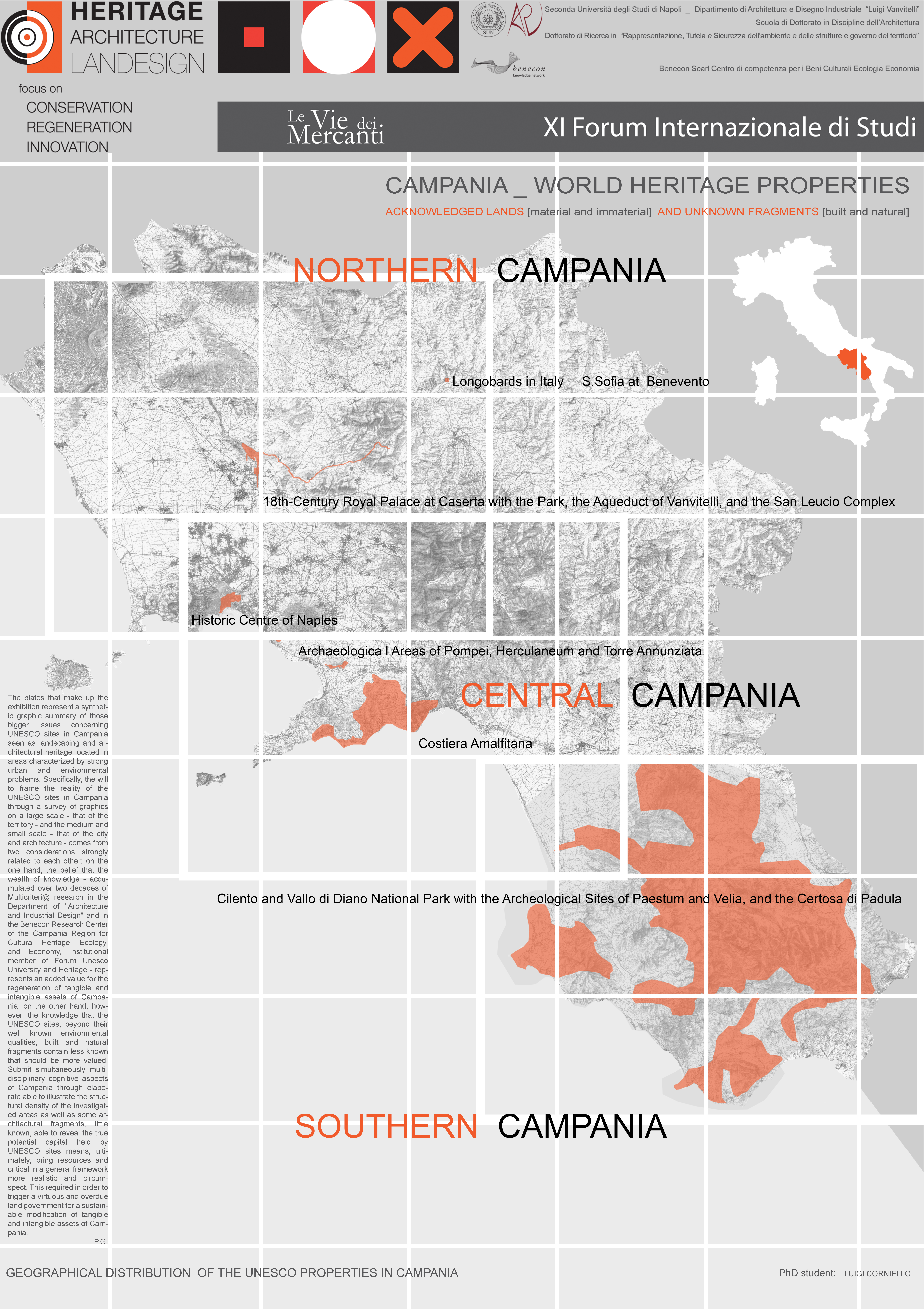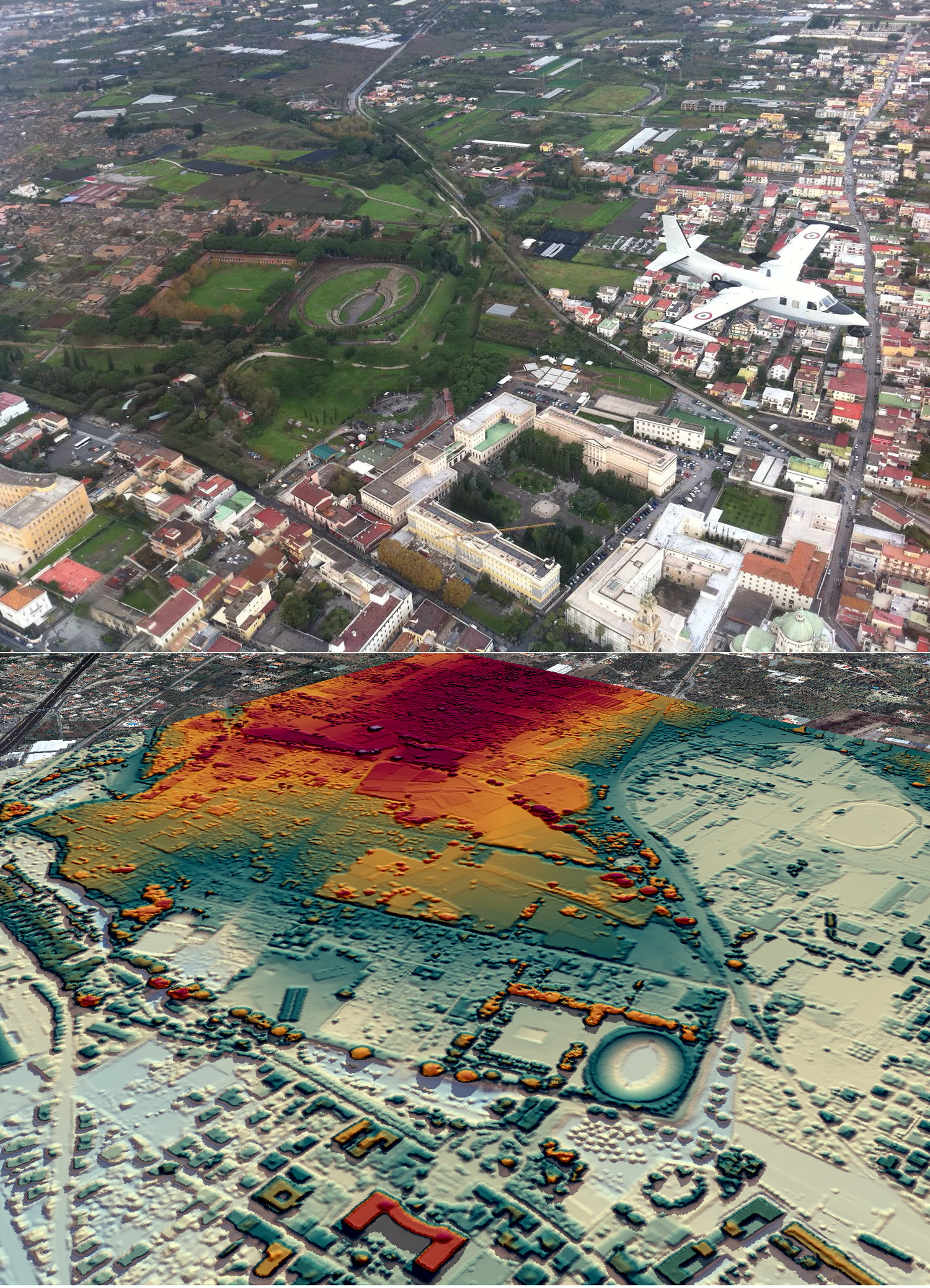Proceedings XII Forum
XII International Forum of Studies ‘Le Vie dei Mercanti’
Best practice in Heritage, Conservation, Management. From the World to Pompeii
Aversa and Capri, 12/14 June 2014
The XII International Forum Le Vie dei Mercanti has the aim of promoting a debate on local and international experiences relating to the themes of the conservation and management of cultural, architectural, archaeological, landscape and environmental heritages. This debate is particularly relevant in Italy, with it not only being responsible to the world for housing the largest number of UNESCO sites but also having a natural and landscape heritage of great variety and beauty in a region characterised by an intrinsic geological fragility. The management of this vast heritage requires both a serious planning of the interventions as well as adequate funding. The same goes for the protection of the landscape, which in the past was systematically devastated within a myopic perspective that did not take into account the enormous amount of damage caused by wild speculation and hydrogeological instability. Furthermore natural disasters, such as earthquakes, have led to the transformation and loss of environments which reflect local identity no less than the cultural heritage, in addition to economic damage and in terms of human lives.
In order to conserve and manage the heritage, it is necessary to adopt an integrated and resilient approach in which different skills contribute to the development of improvement and restoration projects, carried out through knowledge, sharing of decisions and proactive sharing, taking into account the social and environmental sustainability of interventions that should characterise the design method in all its aspects.
The key issue is the exchange of ideas so as to give life to a technological humanism, understood as the union between the cultural vitality that has characterized humanism and the Renaissance, producing excellent results in all fields of knowledge, and the possibilities currently offered by technological innovation to create platforms in order to support this knowledge. Thus, Pompeii, the most famous archaeological site in the world, is taken as the prime example of the need to adopt a virtuous cycle of conservation and management, supported by the dialogue between the different skills that interact by sharing the same technological platform. The international debate can be an opportunity to share prime examples of the conservation, management and development of the archaeological, architectural, landscape and environmental heritage through the integration of ideas and experiences of specialists working in different disciplines as well as geographical and cultural contexts. The conference is open to multidisciplinary experiences on one or more of the proposed themes. Scholars are invited to present research on either the theoretical and methodological aspects or concrete applications carried out on these issues.
Carmine Gambardella
General Chair
______________________________
Il XII Forum Internazionale Le Vie dei Mercanti ha l’obiettivo di promuovere un dibattito sulle esperienze locali ed internazionali relative alle tematiche della conservazione e gestione del patrimonio culturale, architettonico, archeologico, paesaggistico ed ambientale. La tematica è particolarmente rilevante in Italia, responsabile nei confronti del mondo della custodia del maggior numero di beni tutelati dall’UNESCO, ai quali si va ad aggiungere un patrimonio naturalistico e paesaggistico di enorme varietà e bellezza, su un territorio caratterizzato da un’intrinseca fragilità geologica
La gestione di questo sterminato patrimonio necessita di una seria programmazione degli interventi e di adeguati finanziamenti. Lo stesso discorso vale per la tutela del paesaggio, nel passato sistematicamente devastato in un’ottica miope che non ha tenuto conto degli enormi danni derivanti dalla speculazione selvaggia e dal dissesto idrogeologico.
Anche i disastri naturali, ad esempio i terremoti, portano alla trasformazione ed alla perdita di ambienti nei quali si rispecchiava l’identità locale non meno che nel patrimonio culturale, oltre ai danni economici ed in termini di vite umane.
Per conservare e gestire il patrimonio è necessario adottare un approccio integrato e resiliente in cui differenti competenze contribuiscano allo sviluppo dei progetti di riqualificazione e restauro, realizzati tramite la conoscenza, la condivisione delle scelte e la compartecipazione proattiva, tenendo conto della sostenibilità sociale ed ambientale degli interventi che deve caratterizzare il metodo progettuale in ogni suo aspetto.
Fondamentale è lo scambio di idee per dare vita ad un umanesimo tecnologico, inteso come unione tra la vivacità culturale che ha caratterizzato l’umanesimo ed il rinascimento, producendo altissimi risultati in tutti i campi del sapere, e le possibilità attualmente offerte dall’innovazione tecnologica per creare piattaforme a sostegno delle conoscenze. In tal senso Pompei, il sito archeologico più famoso al mondo, è assunto come esempio emblematico della necessità di adottare un meccanismo virtuoso di conservazione e gestione, sostenuto dal dialogo tra le diverse competenze che interagiscono condividendo la medesima piattaforma tecnologica.
Il dibattito internazionale può essere l’occasione per condividere esempi virtuosi di conservazione, gestione e valorizzazione del patrimonio archeologico, architettonico, paesaggistico e ambientale attraverso l’integrazione di idee ed esperienze di specialisti che operano in diverse discipline e contesti geografici e culturali.
Il convegno è aperto ad esperienze multidisciplinari su una o più tematiche proposte. Gli studiosi sono invitati a presentare ricerche sugli aspetti teorici e metodologici o a mostrare applicazioni concrete svolte su questi temi.
Carmine Gambardella
Presidente

